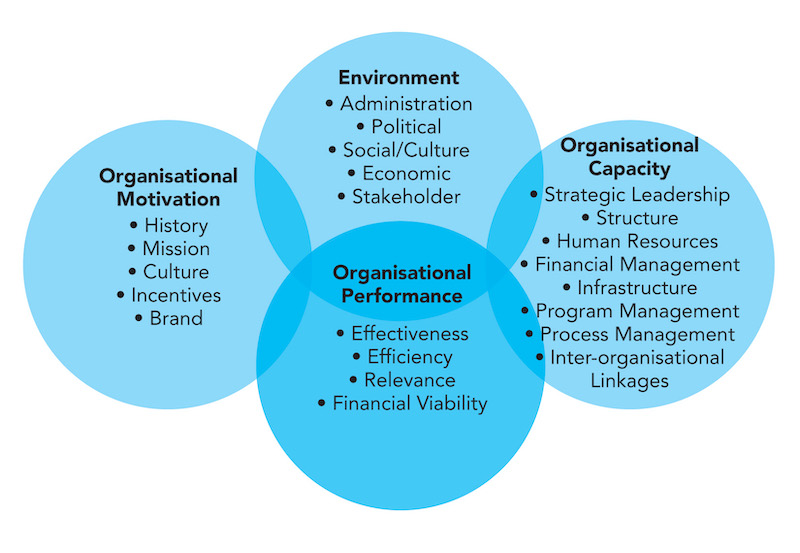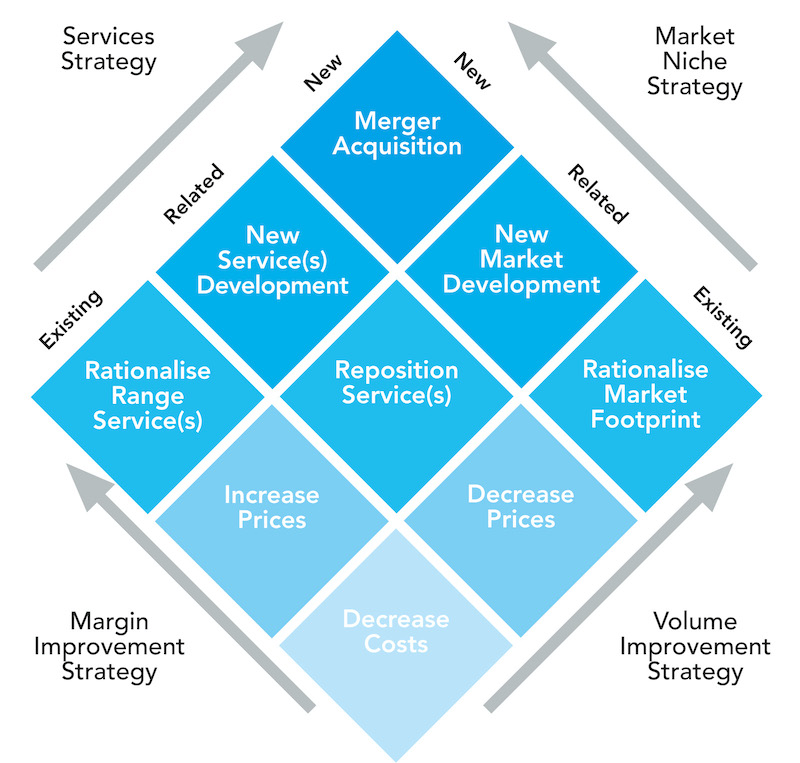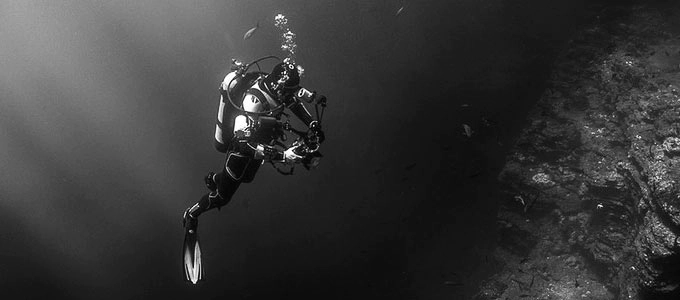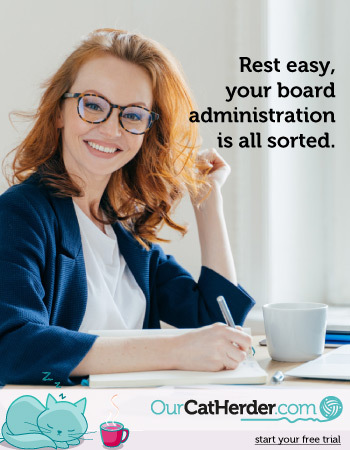organisational-development
A Story of a Horse and Cart
Published: February 10, 2014
Read Time: 4 minutes

Assessing organisational sustainability
In general terms, most not-for-profit stakeholders would consider an organisation viable when, given normal service conditions, the organisation produces sufficient inflow of resources to at least balance all costs of operations, strategic outflows and forecasted risks to achieve the required outputs in the short to medium term.
Or, as the New South Wales’ Government’s Register of Community Housing states;
Financial viability is about being able to generate sufficient income to meet operating payments, debt commitments and, where applicable, to allow growth while maintaining service levels.”1
An organisation would then be sustainable where continuity in planned balanced inflows and outflows is reasonably achievable in the longer term (usually beyond 5 years), under reasonable changing conditions.
So, in this context, the question of financial viability and sustainability is often limited to the assessment of accounting and other quantitative data. This is because the ‘money’ side of our operations is relatively more easily measurable (dollar values) and there are generally accepted accounting principles and standards to which we can benchmark these outcomes and outputs.
But there are inherent weaknesses in such a one-dimensional model. To quote financial guru and Better Boards favourite, Mr Ken Leigh;
Studying financial reports is akin to solely studying the ‘droppings’ of a horse. They are helpful in that they show us where we have been, but no insight at all into the quality of the horse, the type of cart we were pulling, the ups and downs of the journey, and whether our clients enjoyed the ride!”
Money is only one of many input resources that drive viability and sustainability, and contribute to the long-term value of our organisations. To gain a true assessment, we need to look at the overall picture – the horse and cart in its entirety – and make sure that, as a whole, it is ready for the journey ahead.
The Integrated Viability Model provides an internationally recognised framework for assessing the viability and sustainability of not-for-profit organisations.

Using this framework, the starting point for assessment is to choose a series of one or more structured stimulus questions from the model. These questions can then be put to our key stakeholders either individually or in small-groups as structured interviews. Alternatively, written questionnaires can be used for respondents to give open-ended responses or to rate on a rating scale.
For example, let’s look at the suggested structured stimulus questions for Financial Viability under the component of Organisational Performance.
Component: Organisational Performance
Factor: Financial Viability
- Is the organisation able to generate revenues to respond to the needs of its stakeholders?
- Is the organisation creating surplus?
- Is there continued and sustained support from existing funding sources?
- Does the organisation consistently obtain new funding sources?
- Does the organisation depend on a single source of funding?
- Does the organisation consistently have more revenue than expenses?
- Can the organisation sustain itself within a competitive environment?
- Are assets greater than liabilities?
- Does the organisation keep a reasonable surplus of money to use during difficult times?
- Does the organisation monitor its finances on a regular basis?
- Does the organisation monitor capital assets and depreciation?
You will note that while the questions are focused on the finances rather than accounts of an organisation. In this way, they are assessing the ability of the organisation to continue to perform and deliver services and programs through times of change.
When using this framework it is important to agree up front on the best mix of stakeholder group(s), the issues/questions, the data collection methodology (interviews, observations, questionnaires, testing, research etc), the data analysis methodologies (qualitative; quantitative etc) and the final reporting format.
Once viability is assessed, the additional essential factor in determining organisational sustainability, is our ability to change and adapt to market conditions in the longer-term.
An assessment of our choices in any given environment (market) in which we operate, will give good indications of the various re-positioning strategies available for sustainability.
The broad options for any organisation can be expressed graphically as a web of choices.

For any organisation, within any environment, there are four possible repositioning strategies available to make an organisation more sustainable.
- Increase volume (number/frequency of clients) by lowering our price
- Increase volume by increasing the number of services on offer
- Increase surplus (number of dollars) by increasing margin (continuing to only offer those services with the highest margin)
- Increase surplus by increasing our price (offering unique, niche, premium services)
The number of options open to an organisation is dependent on many internal and external factors. Given the changing landscape of the not-for-profit environment in Australia, many of us have limited influence on our external environment, but we can always work on strengthening our capacity, performance and motivation.
If we go back to our horse and cart… we can start by making sure we have droppings, give our horse and cart a good groom and clean, fix any wobbly wheels and start planning our next journey.
-
Registrar of Community Housing 5. Financial Viability. Published 2009 ↩︎
Share this Article
Recommended Reading
Recommended Viewing
Author
-
Managing Director
- About
-
Linda Hayes is Managing Director – Strategy at Corporate Synergies Australia. With over 20 years’ experience in business development, strategy and marketing, Linda has worked across a vast range of industry sectors to assist organisations to deliver business growth and sustainability through tactical solutions and strategies. Linda has worked with over one hundred not-for-profit organisations throughout Australia, as well as a range of private sector service organisations with significant government funding. Linda has extensive local and state government experience including governance and risk projects for NSW government agencies. CSA is currently a panelled service supplier to the NSW Government – Office of Communities (Aboriginal Affairs) for administration management, a preferred trainer for National Disability Services (Qld), and regular contributor to Better Boards.
Found this article useful or informative?
Join 5,000+ not-for-profit & for-purpose directors receiving the latest insights on governance and leadership.
Receive a free e-book on improving your board decisions when you subscribe.
Unsubscribe anytime. We care about your privacy - read our Privacy Policy .







